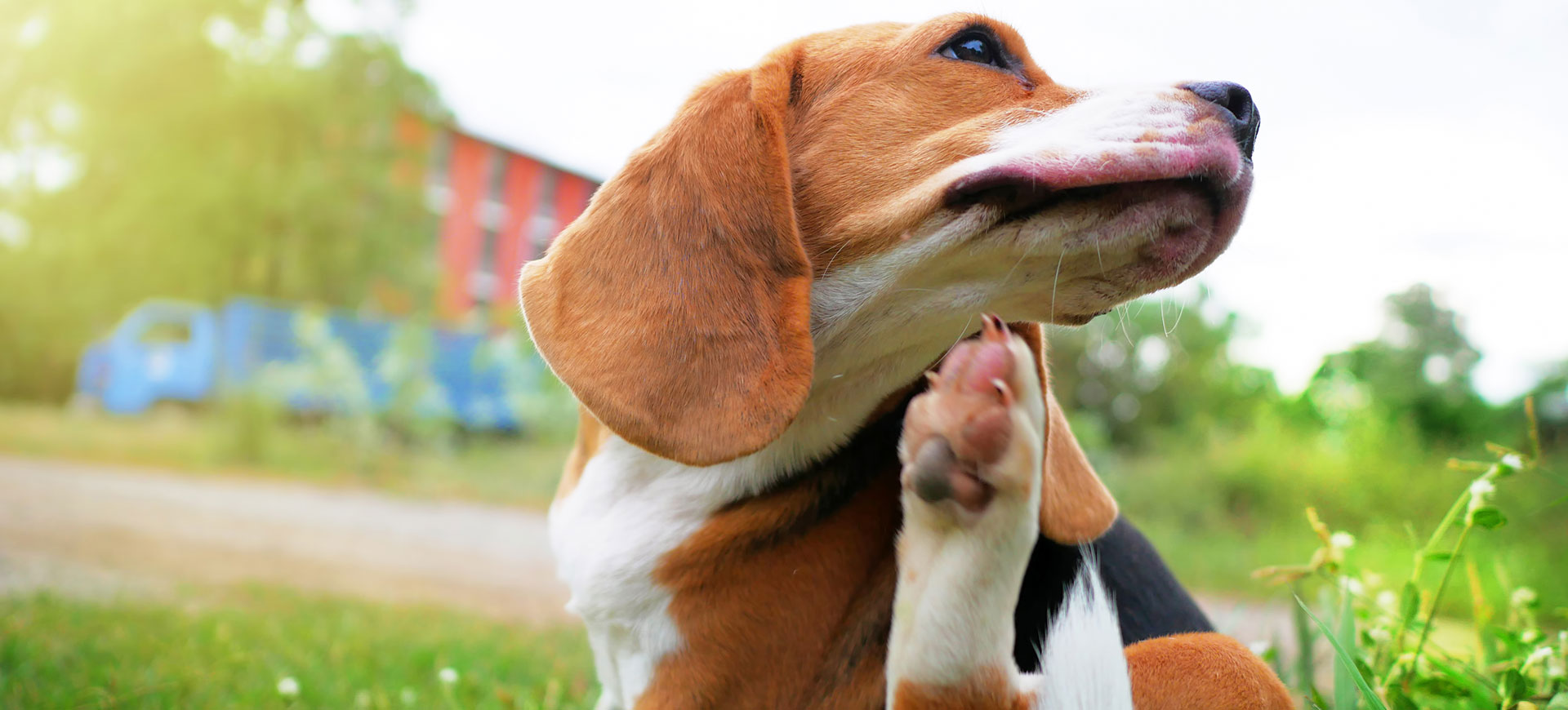
Heat Exhaustion
by Leanne Gossett
Speedway Veterinary Hospital
3736 E.Speedway Blvd.
Tucson, Arizona 85716
Phone: 520-321-4235
Just as human athletes must take additional precautions during the “dog days of summer”, we as dog owners must watch over our canine athletes. Canine heat exhaustion, however, is not limited to canine athletes, every dog is a potential victim.
The leading cause of heat exhaustion, and its advancing into heat stroke; is leaving a dog in a hot car. Even on a mild day (75-80 degrees F), the temperature inside a car can raise up to 130 degrees rather quickly. Leaving a window slightly open will not prevent heat build-up. Leaving a dog in a car on a warm day is a risk to the dog’s life.
Dog’s do not sweat. Their only means of reducing built-up body heat is by panting. Long coats also hold in body heat. Clipping a dog’s coat a little shorter for the summer will help to keep the dog cooler. Be sure not to clip the hair too short or shave the dog – the dog’s coat protects him from sunburn and is additionally an insulator. The best thing to do in the summer for a long coated dog is to comb or brush the coat regularly. It will remove the shed hair, helping the skin to breathe and by reducing the excess hair the coat will tend to trap less heat. The color of your dog’s coat also has an impact on your dog’s ability to reflect the sun’s rays. Black dogs absorb more of the sun’s rays than do dogs with lighter-colored coats.
There are many variables in triggering a dog to experience heat exhaustion; the dog’s physical condition, its age, its coat length, its breed, and its climatization to heat. An older, couch-potato, “snuggle the air conditioner” dog will have less tolerance to the heat than a young, romp outside all day, adolescent. Both the very young and very old dogs are among the highest risk categories. Brachycephalic (short muzzled) dogs, in general, are high risk on hot humid days.
The first signs of heat exhaustion:
a) Excessive panting
b) The skin on the inside of the ears becomes flushed and red.
Heat exhaustion can progress to heat stroke, as indicated by:
a) Weakness
b) Staggering
c) Fainting – loss of consciousness
Heat stroke is an emergency situation.
If your dog shows signs of heat stroke, you must cool him down as rapidly as possible. Do not wait for veterinary treatment. Heat stroke is an EMERGENCY – treat the dog NOW! Hose the dog down with cool water. Apply an ice pack to the dog’s head. If your dog is small enough to move, hold him in a tub of cool water. Do not stop treatment until your dog’s body temperature approaches normal. As soon as the dog’s internal temperature has stabilized at a near normal level transport the dog to your vet. Heat stroke can leave permanent damage.
Many dogs will play until they drop. You must supervise the games, and determine when it is time to stop. During hot weather limit your dog’s time outside. Be sure that there is a shaded area for your dog to rest in and that your dog has a constant supply of clean water.
